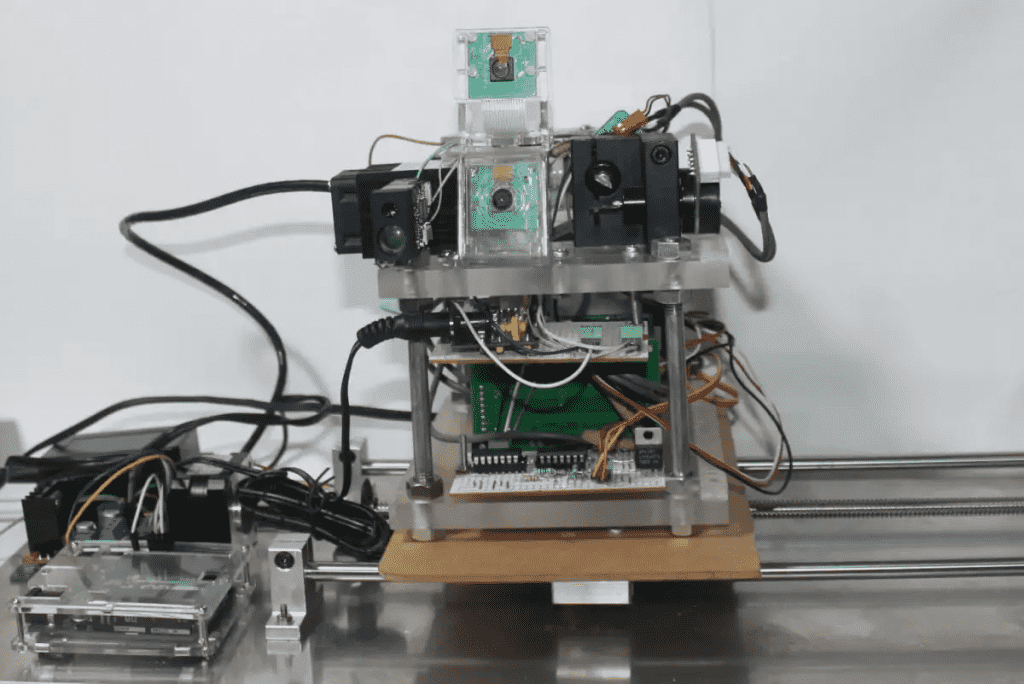In a recent development, researchers from Heriot-Watt University in Edinburgh achieved a milestone with the help of artificial intelligence by designing an AI-powered robot that is programmed to kill not only creepy cockroaches but also many unwanted bugs. The heart of the technology is the “deadly laser,” whose powerful light beam is enough to lay them to rest. This is quite an achievement because cockroaches are definitely no one’s favorite insect and this is the best possible way to get rid of them. However, the developers of this robot say that cockroaches serve as the testing insects to examine the capabilities of this robot, which in the future will be used to kill a “variety of unwanted bugs,” as per the engineers.

Coupled with this, it should be noted that the device hasn’t been created to kill mere cockroaches and unwanted insects. Instead, this would serve as a perfect substitute for the “toxin-laden insecticides,” as reported in New Scientist by the developers of this robot. And the whole process is also cheaper and more environmentally friendly. According to the engineers, the device has been built on the working principle of “machine vision” and consists of a small computer, two cameras, and a 1,600-milliwatt laser. Hence, the device integrates the core principle, i.e., “machine vision,” in order to target the insects.

In addition to this, the findings from the experiments are optimistic, but still, there is some room for improvement in the device’s programming, as per the researchers. This is because it is having some difficulty pointing out the roaches. Similarly, researchers are planning to program the robot so that it can only set targets on certain body parts of the roaches, especially their abdomen, through which they can be killed instantly. But you would be surprised to know that it’s not safe to get this device to your home for killing cockroaches in the eyes of the project lead, Ildar Rakhmatulin. He said, “It’ll never be absolutely safe. It’s my opinion that it cannot be used for home applications.”

Many other scientists are also against the use of it in homes because the laser beam has the potential to cause serious damage to the eyes. As far as its practical applications are concerned, Rakhmatulin said, “If we talk about industrial or agricultural applications, it’s a very serious possibility. It’s very cheap, even compared to pesticides, because laser prices are not so high. ” He further added, “If you can kill them, you can kill any pests.”


